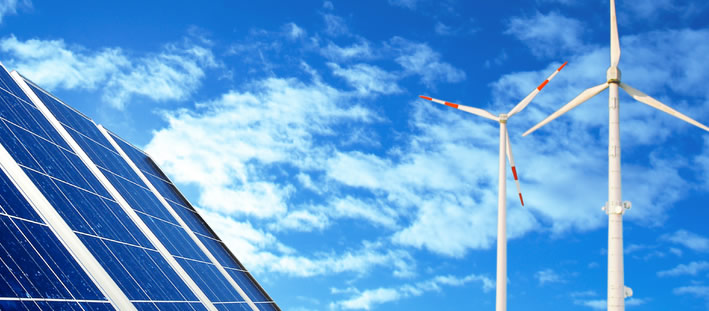The project has a scope of work, which falls into six key Work Packages (WP):
.
WP1 – Mesoscale wind modelling
- Wind classes
- Terrain elevation
- Terrain roughness
- Model configuration
- KAMM /WRF/WAsP statistical/dynamical downscaling
- WRF – dynamical downscaling
- Methods for satellite data input to mesoscale models
- Post-processing of mesoscale outputs – coupling to microscale model
- Mesoscale results vs. measured data
- Creation of a Numerical Wind Atlas for Western Cape and areas of Northern and Eastern Cape
- Training, including exchange of PhD’s.
WP2 – Wind measurements
- Design of wind measuring system
- Design of data acquisitions by GSM
- Procurement, shipment, customs clearance, tax and VAT exemption, necessary import permits
- Survey, screening and selection (if appropriate) of existing data from private measurements, agreement and confidentiality and value of data
- Siting and necessary approvals
- Consideration of appropriate mast design
- Construction and installation
- Recalibration
- Operation, security and data collection
- Data analyses
- Technical training – upgrade with respect to wind energy related measurement systems.
WP3 – Micro scale wind modelling
- Wind speed and direction distributions
- Terrain elevation
- Terrain roughness
- Sheltering obstacles
- WAsP modelling
- Microscale results vs. measured data
- Creation of Observational Wind Atlas for selected measurement sites in South Africa
- WAsP training (Training of Trainers – ToT).
WP4 – Application for wind resource assessment
- Mid-term Workshops for invited stakeholders from e.g. authorities, planners, developers, banks, scientists, etc.
- Develop tools - guidelines and training materials – for CSIR courses on using the Numerical Wind Atlas for wind resource assessment
- Course for trainers
- Micro-scale resource map for 30-50% of the modelled areas in the three provinces, incl. integration as GIS layer
- Seasonal variation of wind resources at the mast locations
- Final Workshops and training of trainers for invited stakeholders, incl. opportunities for application in determination of extreme wind climate; seasonal forecasting; and other than wind energy.
WP5 – Extreme winds
- Develop tools and guidelines
- Course for trainers
- Workshops as technical working sessions and progress reporting for PIU
- Better understanding of the estimation of extreme winds
- Capacity development of theoretical aspects of extreme wind estimation
- Application of mesoscale modelling results to the estimation of an extreme wind climate of South Africa Eastern Cape.
WP6 – Documentation and dissemination
- Prepare and disseminate research publications of the results of the twinning programme, incl. final book and homepage publication
- Prepare national wind seminars for dissemination of the results of the twinning programme
- Establish and document research cooperation between South African and international wind research partners.
|



